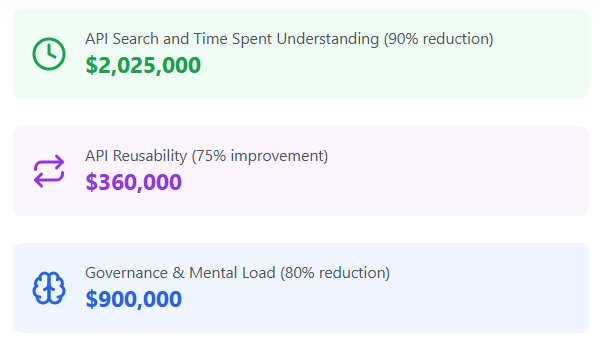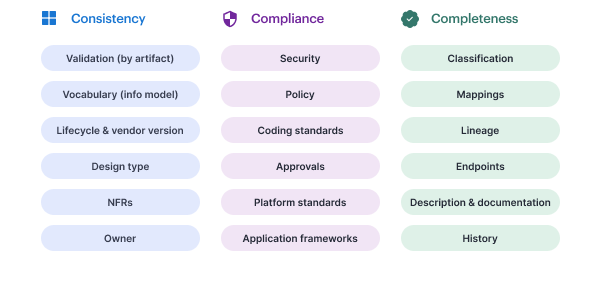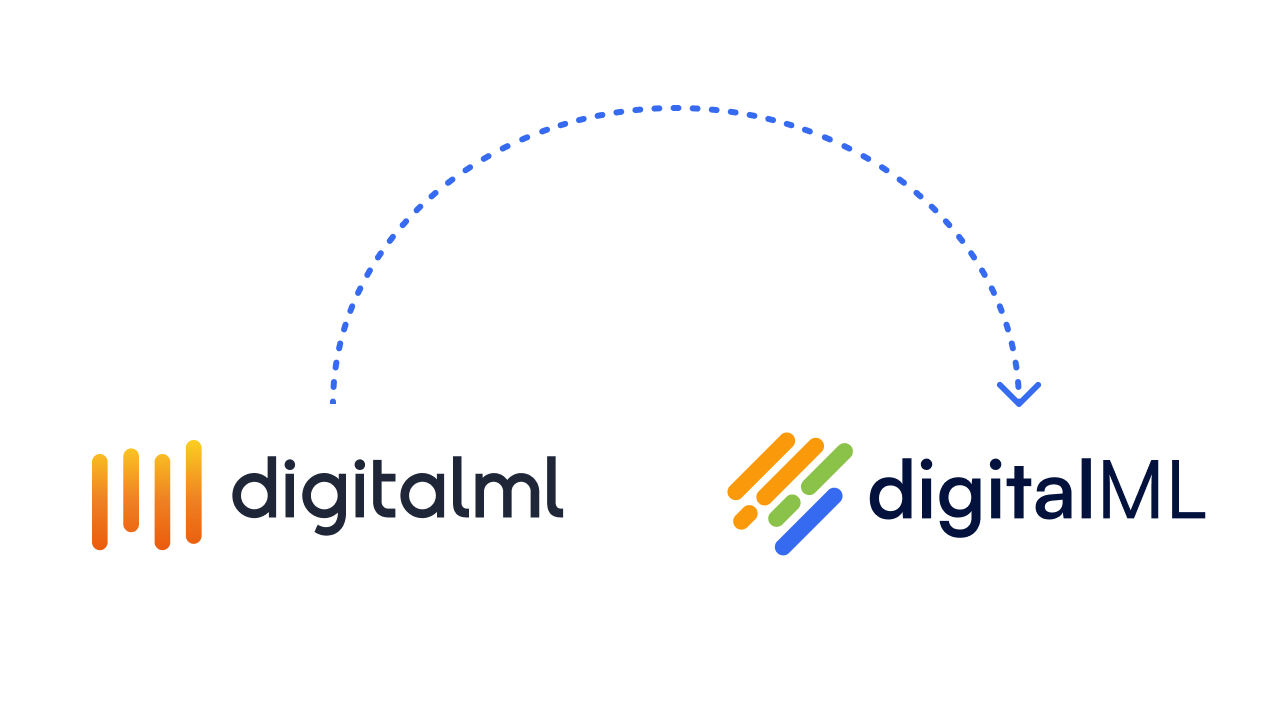I originally published this article on Nordic APIs.
API governance is a hot topic, and one we discuss regularly here at digitalML. While traditionally seen as a handbrake to development speed, it’s a given that governance is a core part of an effective API program.
However, many drivers now beckon us all to mature API governance beyond being a manual, time-consuming task loaded onto developers. And organizations that are getting ahead with their governance maturity are gaining a competitive edge.
Below, we’ll discuss those drivers in more detail and look at the following six areas you should be focusing on to quickly mature your API governance approach:
- A mindset change from enforcement to empowerment
- A robust API governance model applied across the lifecycle
- Flexibility
- Automation
- Transparency and reportability
- Futureproofing
Drivers for Mature API Governance
Quality APIs need to be reliable, consistent, and predictable to ensure a good consumer experience. And API governance is the way to ensure this. But in today’s digital climate, good governance means more than adhering to an API style guide and protocol standards.
The strategic importance of API governance cannot be underestimated, and we’re seeing increasing reasons for organizations to mature their governance approaches rapidly. These drivers include:
- Growing governance loads associated with API proliferation and scaling API programs, which can be expensive if not done right.
- Improper API governance, which is already causing issues for organizations. This starts with internal frustrations concerning functionality that doesn’t work as advertised. Or, perhaps a project deadline is missed because of a change to a key API. And the final result of improper governance? Missed revenue opportunities and unhappy customers and partners.
- Growing security and regulatory scrutiny and associated risk management needs.
- Pressures to reduce redundancy and duplication and drive API reuse.
- The need for APIs to be composable digital building blocks. In other words, APIs must be interfaces to business capabilities, not applications.
- The competitive advantage for enterprises that are “getting ahead” with governance, enabling faster and better digital responsiveness with less risk.
We often see governance as a siloed mandate, pushed onto developers, and manual and time-consuming in nature. No wonder then that governance is traditionally seen as a handbrake to development speed! Developers are left with a choice to code quickly and risk errors, go slow and risk missing deadlines, or ask for exceptions and risk added complexity and maintenance.
Here are 6 areas to focus on to mature your API governance approach beyond developers manually adhering to API style guides. Emphasizing these areas is proving successful in our enterprise customers, who are gaining increased competitive advantage and digital responsiveness.
The 6 Areas of Mature API Governance
1. Mindset Change: Empowerment Over Enforcement
Now more than ever, we need to help developers do more with less — this allows them to spend more time innovating and driving business value from API programs. Increased workloads especially are driving developer burnout and resignations. And with developers spending on average over 45% of their time coding APIs or manually debugging said code, governance shouldn’t be left for them to pick up the slack. A mature mindset to governance is supportive of a cross-functional teams model and how we can enable empowerment, standards, and principles over enforcement, rules, and gates.
2. A Robust API Governance Model Applied Across the Lifecycle
Style guides are necessary for an API design-first approach, but they’re just one small element of mature governance. We should be looking to utilize a whole governance model across the development lifecycle to ensure our APIs are best-of-breed, covering the “3 C’s” of consistency, compliance, and completeness.
What goes into the governance model will depend on each organization’s needs, but it can contain things like:
3. Flexibility
As we grow, we need our API governance program to be flexible for lots of different scenarios, including:
- Interface or design type. For example, a legacy SOAP Service destined for eventual sunsetting might need a very simple ruleset.
- Different governance at different object levels. For example, different rule sets for designs and specifications when we’re building out a catalog of capabilities coupled to the APIs that expose them.
- Lines of Business (LoBs) or regions. For example, the UK division needs a certain security policy applied to all of their APIs to conform with regulations.
- Other use cases and scenarios. For example, specific header and response codes are required for a particular HTTP method type.
While we want our core set of governance rules and standards to be centralized, mature governance isn’t a one-size-fits-all, top-down approach: flexibility (while ensuring visibility for exceptions) and configurability are key.
4. Automation
For all of this to work, API governance simply can’t be a manual process. At its core, it needs to be automated and baked-in to be just part of the process. Think upfront and automated checks and validation during the API design and development process, with easy ways to address violations, automated approval workflows for lifecycle state changes, and automated tracking and audit history of all APIs across our entire landscape.
5. Transparency and Reportability
To put all the pieces of mature API governance together means being able to make it transparent and accurately report on it.
Firstly, big stakeholders and leadership will need reliable answers to questions like “how good is our API portfolio?” and “how much of what we have is actually reusable?”. Secondly, APIs must hold up to external scrutiny, such as regulators. You will thus require an accurate report on how compliant your APIs are and where all data flows (both in motion and at rest).
And thirdly, internal teams and roles involved in API programs must know what they can reliably consume and who to contact when something goes wrong. Also, how can API product managers and business analysts gain transparency into any exception pathways that might have a business impact?
This kind of transparency and reportability is valuable. It can help build trust, leading to broader governance mandates across the organization, and promote strategies to encompass those APIs that are harder to find (i.e., not only the ones running on gateways).
6. Futureproofing
If there’s one certainty in the modern digital world, it’s that things are constantly changing. Tech leaders need to ensure a governance model can evolve over time, especially for organizations trying to shift left in their approach and align API planning and designing to capability planning. We also want to plan now for how we can communicate those changes out — it’s much easier if we can find solutions that track and notify affected providers, consumers, and stakeholders (given that those teams are likely changing over time themselves!).
The Benefits of Maturing Your API Governance Approach
And the immediate benefits? Focusing on these six areas to mature your governance can rapidly:
- Enable consistent consumer experiences
- Decrease costs
- Increase efficiency and responsiveness
- Reduce redundancy and promote reuse
- Enable composability
- Allow flexibility for future enhancements and opportunities
- Decrease time to market for new offerings
- Help create an API roadmap informing future planning
- Enable identification of opportunities and self-service innovation by cross-functional teams
Ultimately, maturing your API governance approach gives you an edge over the competition! To assess where you are now, you can download our free resource below:







